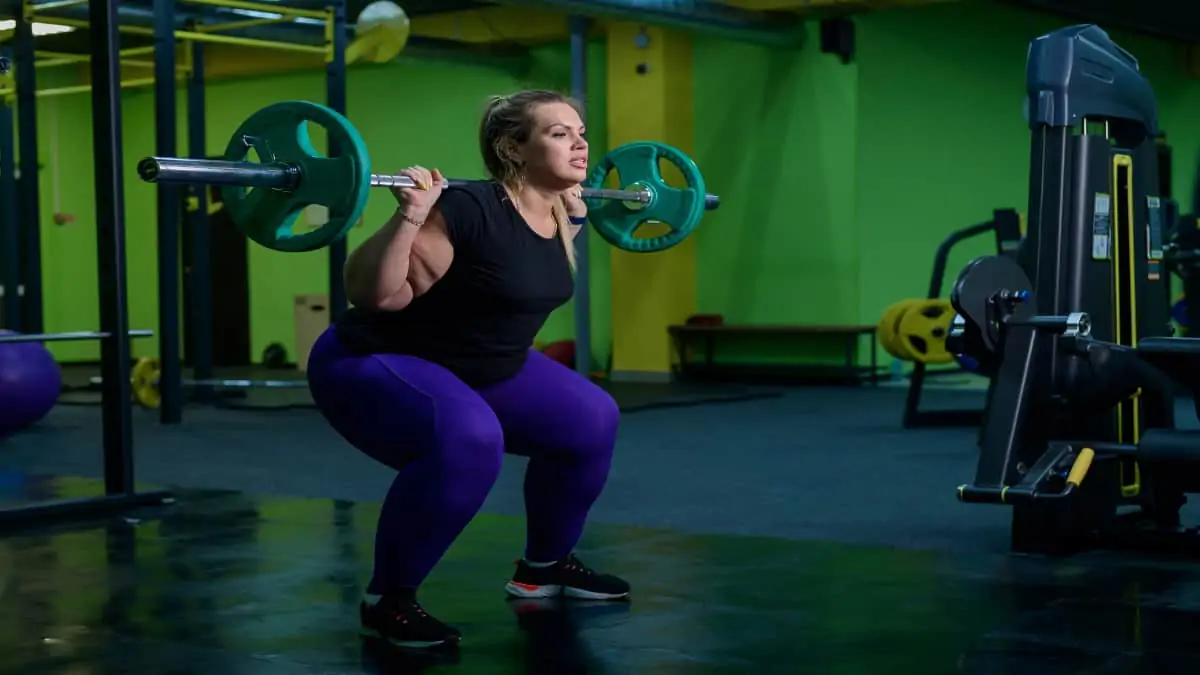30 inches is way above the average male thigh size. But just how do you get 30 inch thighs in the first place?
As you’ll soon learn, there are actually a variety of reasons for people having 30 inch legs.
Bodybuilders, for example, commonly have 30 inch quads from squatting heavy and increasing their body mass through bulking regimes. The same is true for powerlifters.
On the other hand, some people store a disproportionate amount of fat on their legs compared to their upper bodies.
Of course, others still have 30″ thighs due to obesity, and if that’s you, this article will explain how to safely slim your thighs.
How Do Your Thighs Compare?
- 26 inch thighs
- 27 inch thighs
- 28 inch thighs
- 29 inch thighs
- 32 inch thighs
- 34 inch thighs
- 35 inch thighs
- 40 inch thighs
How big are 30 inch thighs for a female?
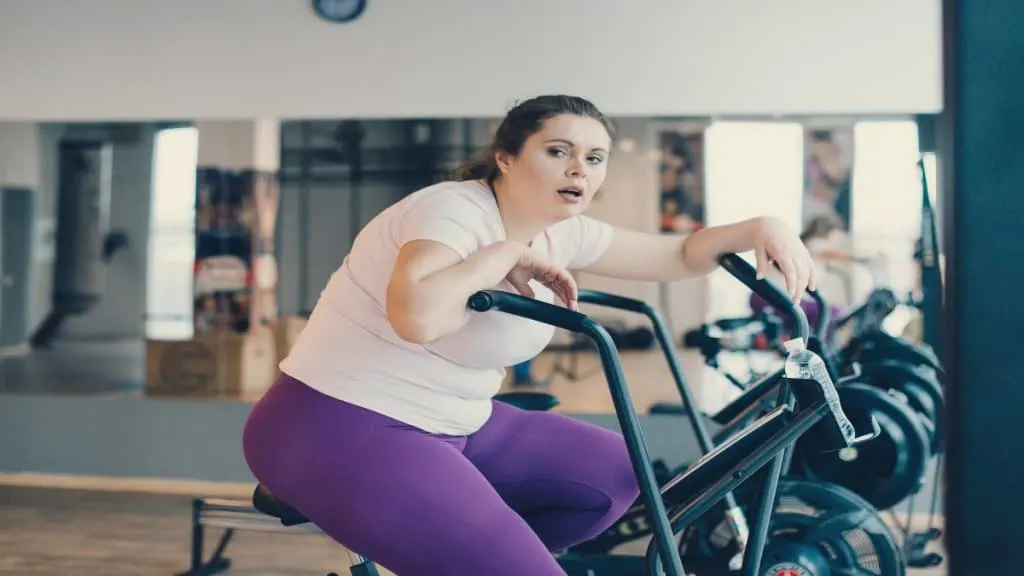
30 inch thighs are undeniably big for a female, regardless of the woman’s height and build.
While some of those 30 inches—perhaps even the majority—may well consist of muscle mass, most women (and indeed most men) simply don’t have the genetics to sculpt 30 inch thighs of pure muscle.
As such, it’s likely that you’re storing a lot of body fat on your thighs if your legs truly do measure 30 inches (we’ll show you how to shed that fat a bit later).
Some people also have 30 inch legs due to unfortunate medical conditions, such as lipoedema, that make their legs swell with fat. [1]
How big are 30 inch quads for a man?
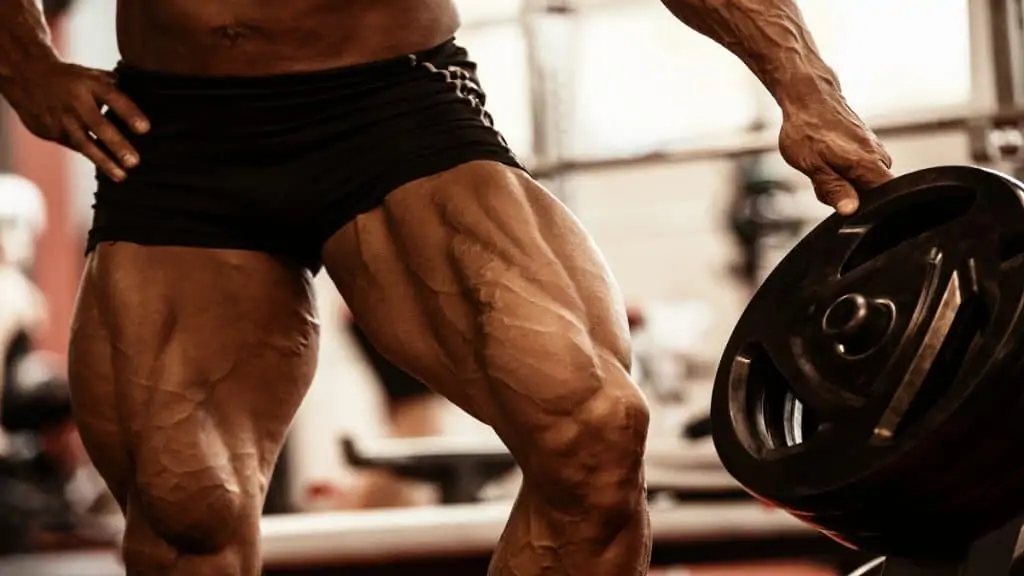
If we’re talking about relatively lean 30 inch quads, then that’s a massive measurement. Indeed, there are IFBB pro bodybuilders with legs that size, so you’re definitely in an elite club if your quads measure 30 inches.
But even if you’re not particularly ripped, 30″ quads can still look huge and very well-developed.
After all, most male lifters who’re between 20% and 25% body fat certainly don’t have 30 inch quads.
Still, for even the most dedicated natural lifter to build a 30 inch thigh circumference, they’ll need some exceptional quad genetics and some serious love for the squat rack.
You just don’t see many people in the weight room with thighs that measure 30 inches!
Who has 30 inch legs?
Even though the average person may never have 30 inch legs, that doesn’t mean that there aren’t exceptions.
Johneffer
Giovanni “The Lad” DelBiondo had 30 inch quads when he was just 17.
If you don’t believe the measurement, just check out the video.
His off-season quads, which are likely even bigger nowadays, have a crazy sweep that—in that particular video—made his upper body look pretty small.
Suffice to say; you don’t get quads that big by doing a few half rep squats and leg presses.
Carina Davis
Powerlifter Carina Davis, who rightly has the username quadzilla619, has 30 inch thighs, which she undoubtedly built through heavy, consistent squatting.
In January 2022, for example, Davis posted a video of herself squatting 440 lbs, not once, not twice—not even 5 times—but an astonishing 10 times.
If you ever needed evidence that quad size and squat strength are highly correlated, look no further than Carina Davis and her colossal thighs.
Mike O’Hearn
Mike O’Hearn also posted a picture on social media back in the day where you could see his 31 inch thighs bulging out of his pants. He jokingly noted that he wasn’t wearing skinny jeans; rather, his quads were just so huge that they made his pants look artificially tight.
Mike has an incredible physique and probably has (at least) 31 inch thighs today, despite being much older than the average fitness influencer.
How to get 30 inch thighs
Although we don’t all have the genetics to build 30 inch thighs, you can follow these 3 tips to drastically increase your chances of joining the 30-inch club.
On the other hand, if you want to slim your 30 inch legs, check out the next section.
Squat heavy

Although you can build muscular quads by doing leg extensions and leg presses, it’s no coincidence that all of the quadzillas of this world are all powerful squatters.
Bumping up your squat frequency from once per week to two or three times per week can increase your strength rapidly.
When you’re able to squat heavier, you’re also naturally able to apply more tension to your quads in order to make them grow bigger.
Your quads are, of course, just large pieces of meat that respond to tension. So why are squats superior to other exercises?
Well, leg extensions don’t provide much in the way of a quadricep stretch, and leg presses aren’t ideal for getting a deep range of motion.
Increase your body weight

How many 180 lb lifters have you seen with 30 inch thighs?
Exactly. None!
Building 30 inch legs means bulking up to a higher body weight and sacrificing some muscle definition.
That’s right; most people will have to choose between chunky 30 inch quads or smaller thighs that look leaner.
When you’re a natural lifer with average genetics, it’s hard to look huge and lean at the same time.
So choose the look that you most want to achieve and then train for it.
Exercise your patience
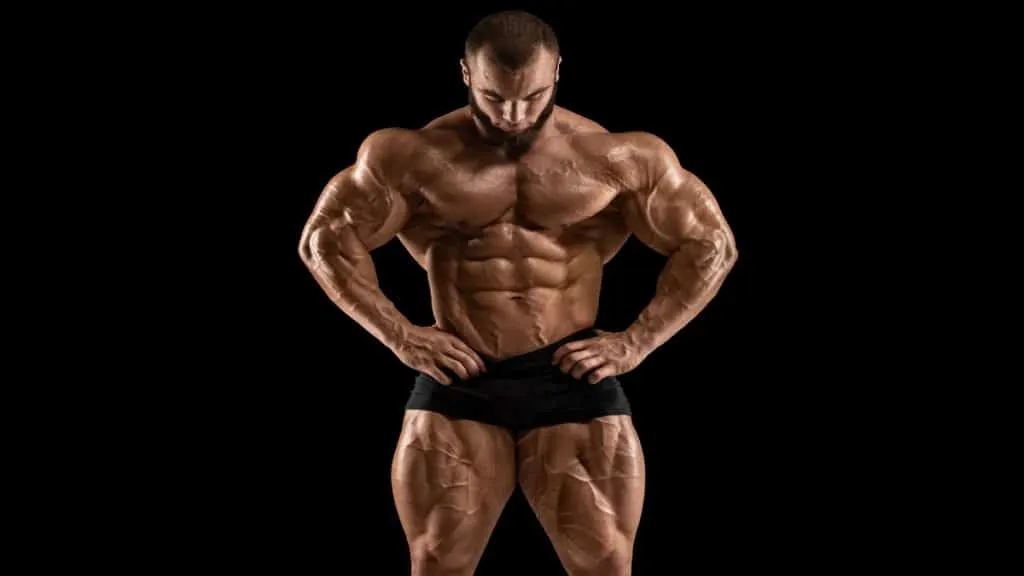
Everyone who ever sculpted 30 in thighs had to train for years to reach their goal.
You can make gains quickly if you’re new to lifting. But once you’ve built a foundation of mass, adding new muscle tissue takes time, and unfortunately, most people just aren’t willing to exercise their patience.
You might not get 30 inch quads in a year. Heck, it might not happen in 5 years (or ever, if you don’t have the genetics to carry that much thigh mass).
However, with enough discipline and time in the squat rack, you can make your quads much bigger than they currently are. And who knows? That could well be 30 inches!
How can you slim your 30 inch thighs?
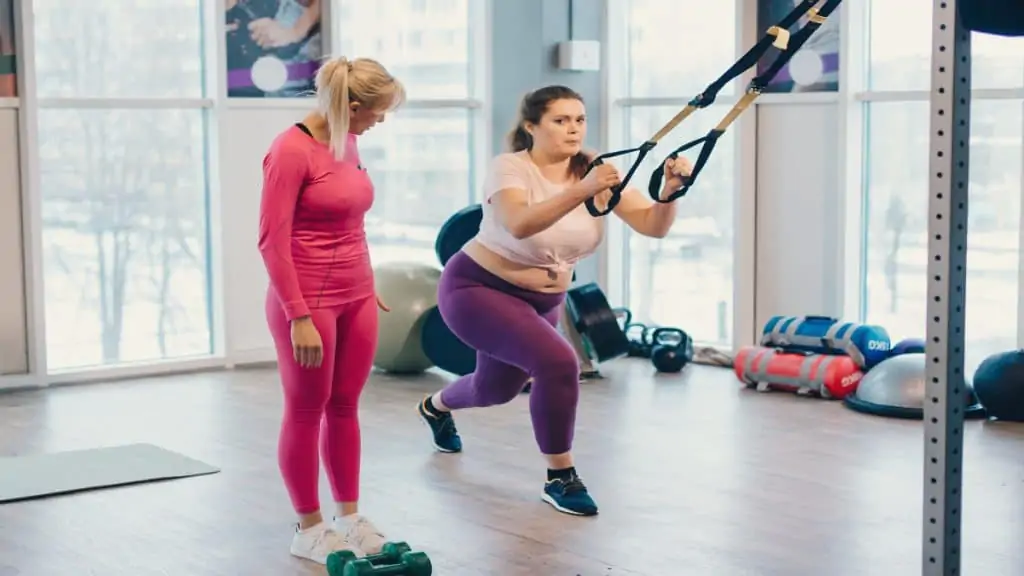
Although some research actually shows benefits to having bigger thighs (such as lower cardiovascular and all-cause mortality), I find it unlikely that these benefits extend to people with 30 inch thighs. [2]
The reason being is that if you have 30 inch legs, then you’re also likely to be obese, which often comes with a plethora of negative health consequences such as diabetes, osteoarthritis, and premature death. [3]
Losing weight by eating in a caloric deficit is a proven way to lose weight and many inches off your thighs. But make sure that you’re realistic about it. [4]
If you can’t yet commit to hitting the gym 4 times per week to shed the pounds, why not try a 30-minute walk in the park a couple of times per week?
You can even split your walks into 15-minute sessions if it’s easier.
You might also want to steer clear of heavy resistance training if you’re trying to reduce the size of your thighs specifically.
Squatting heavy weights, after all, can easily make your legs bigger via muscle hypertrophy. So you’re best off sticking to bodyweight squats for your strength training if you want to drop inches from your thighs.
Conclusion: Is it bad to have a 30 inch thigh circumference?
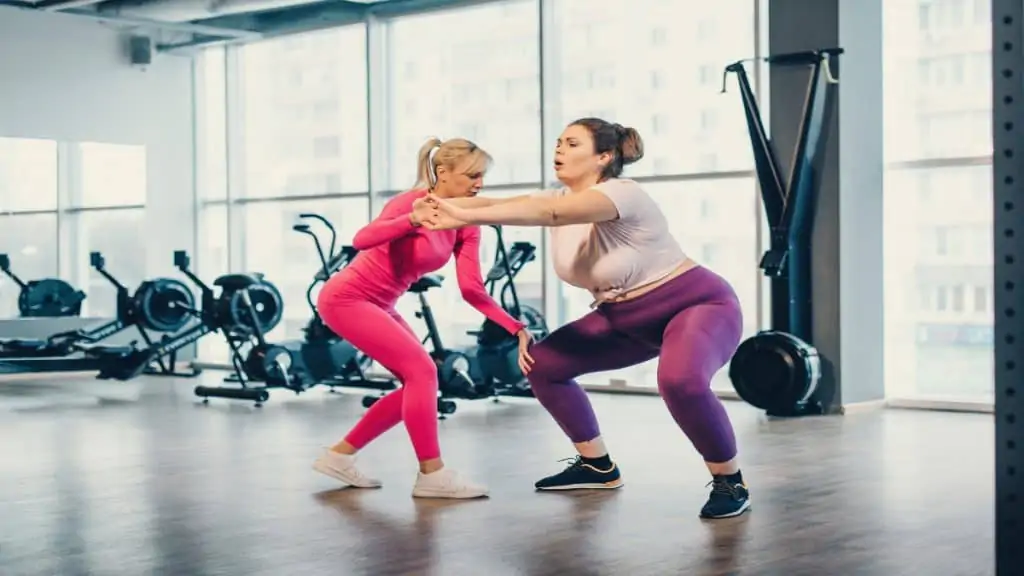
In most cases, yes, having 30 inch thighs is bad for your health because it’s a sign that you’re probably obese. As explained, obesity is an undesirable state that puts your health in great danger.
Of course, some people have 30 inch legs due to their sport (powerlifting and bodybuilding especially) while not having an excessive body mass.
Additionally, others tend to store a disproportionate amount of fat on their legs and can have a relatively slim waist even while having big thighs.
References
- Hussain, D. (2018, June 20). Mother has undergone life-changing surgery – with doctors draining 22 LITRES of fat from her legs. Mail Online. https://www.dailymail.co.uk/femail/article-5864397/Mother-undergone-life-changing-surgery-doctors-draining-22-LITRES-fat-legs.html
- Chen, C. L., Liu, L., Huang, J. Y., Yu, Y. L., Shen, G., Lo, K., Huang, Y. Q., & Feng, Y. Q. (2020). Thigh Circumference and Risk of All-Cause, Cardiovascular and Cerebrovascular Mortality: A Cohort Study. Risk Management and Healthcare Policy, Volume 13, 1977–1987. https://doi.org/10.2147/rmhp.s264435
- Djalalinia, S., Qorbani, M., Peykari, N., & Kelishadi, R. (2015). Health impacts of Obesity. Pakistan journal of medical sciences, 31(1), 239–242. https://doi.org/10.12669/pjms.311.7033
- Losing Weight. (2021, November 24). Centers for Disease Control and Prevention. https://www.cdc.gov/healthyweight/losing_weight/getting_started.html

